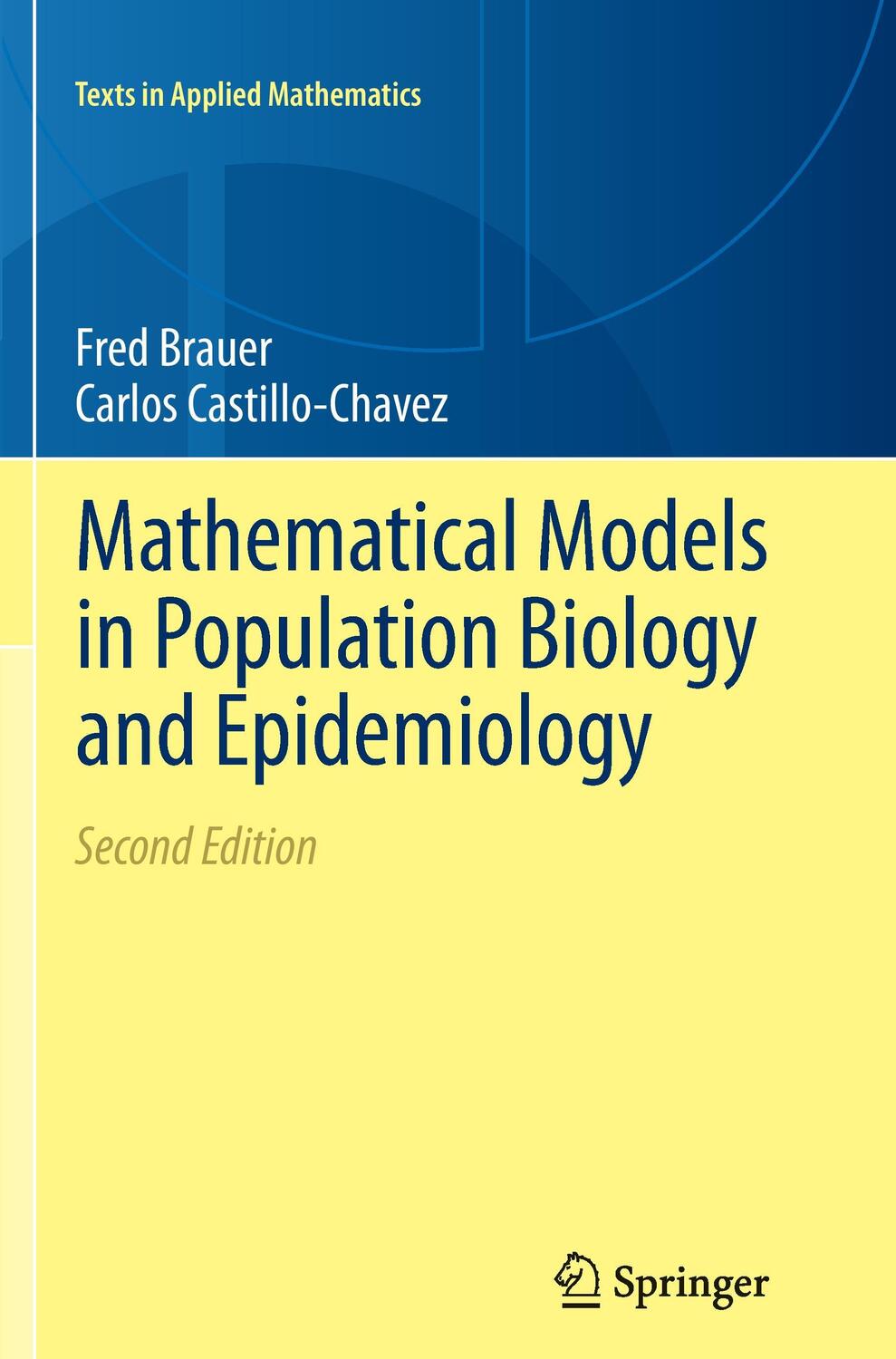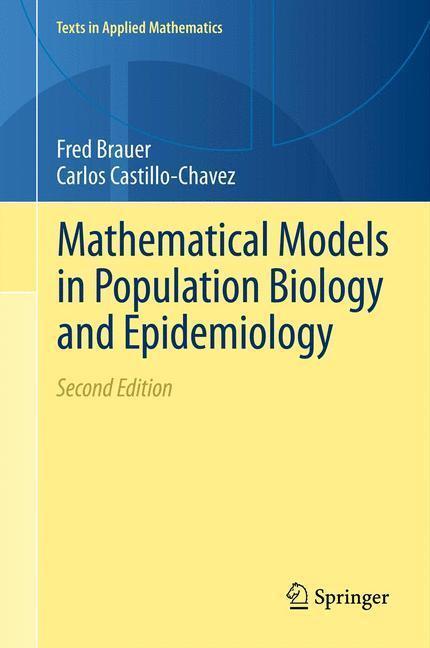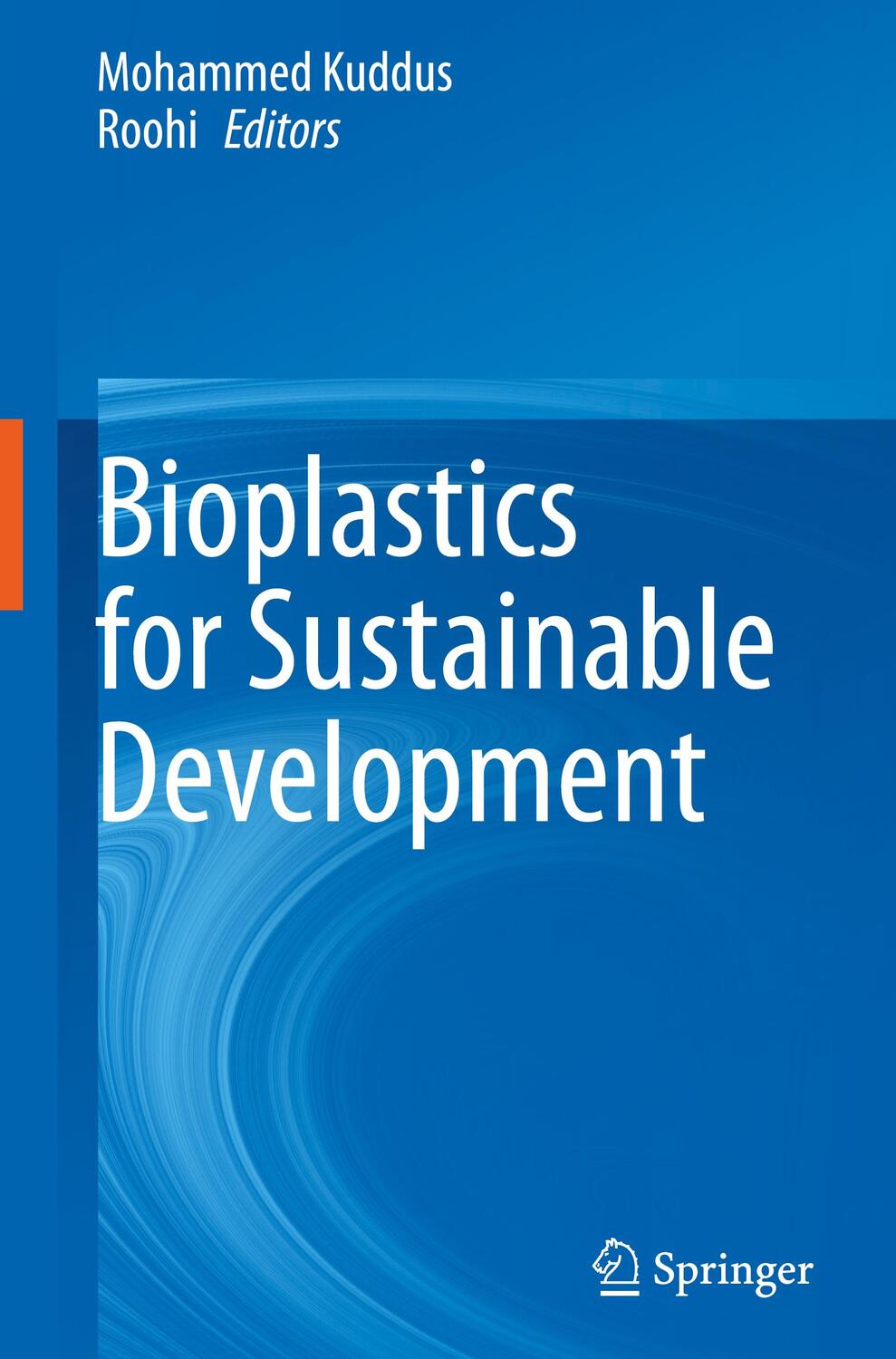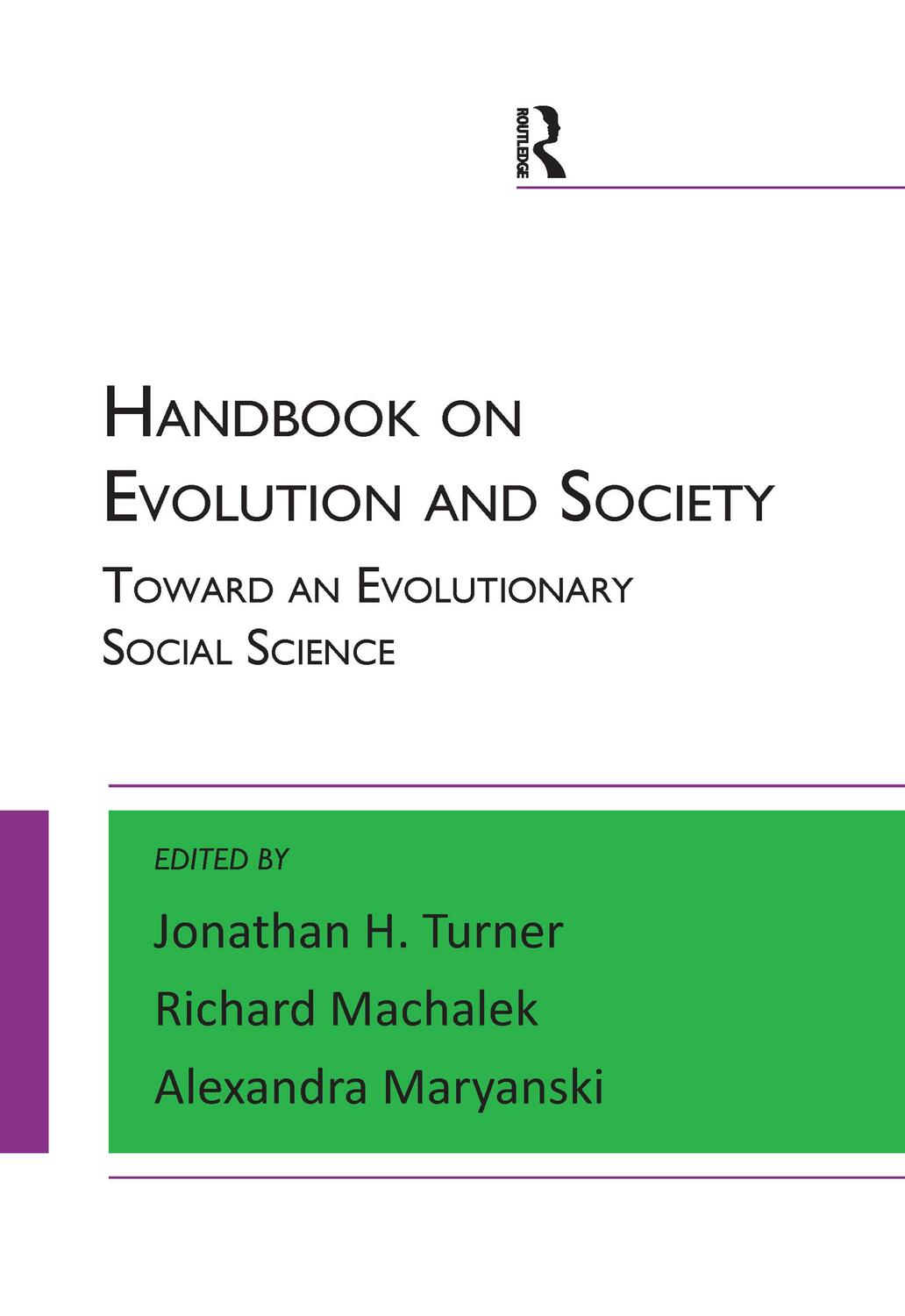Dekorationsartikel gehören nicht zum Leistungsumfang.
Sprache:
Englisch
62,10 €*
Versandkostenfrei per Post / DHL
Lieferzeit 4-7 Werktage
Kategorien:
Beschreibung
This textbook provides an introduction to the field of mathematical biology through the integration of classical applications in ecology with more recent applications to epidemiology, particularly in the context of spread of infectious diseases. It integrates modeling, mathematics, and applications in a semi-rigorous way, stating theoretical results and giving references but not necessarily giving detailed proofs, providing a solid introduction to the field to undergraduates (junior and senior level), graduate students in applied mathematics, ecology, epidemiology or evolutionary biology, sustainability scientists, and to researchers who must routinely read the practical and theoretical results that come from modeling in ecology and epidemiology.
This new edition has been updated throughout. In particular the chapters on epidemiology have been updated and extended considerably, and there is a new chapter on spatially structured populations that incorporates dispersal.The number of problems has been increased and the number of projects has more than doubled, in particular those stressing connections to data. In addition some examples, exercises, and projects include use of Maple and Matlab.
Review of first edition:
"A strength of the book is the large number of biologically-motivated problem sets. These and the references to the original biological papers would be valuable resources for an instructor." (UK Nonlinear News, 2001)
This new edition has been updated throughout. In particular the chapters on epidemiology have been updated and extended considerably, and there is a new chapter on spatially structured populations that incorporates dispersal.The number of problems has been increased and the number of projects has more than doubled, in particular those stressing connections to data. In addition some examples, exercises, and projects include use of Maple and Matlab.
Review of first edition:
"A strength of the book is the large number of biologically-motivated problem sets. These and the references to the original biological papers would be valuable resources for an instructor." (UK Nonlinear News, 2001)
This textbook provides an introduction to the field of mathematical biology through the integration of classical applications in ecology with more recent applications to epidemiology, particularly in the context of spread of infectious diseases. It integrates modeling, mathematics, and applications in a semi-rigorous way, stating theoretical results and giving references but not necessarily giving detailed proofs, providing a solid introduction to the field to undergraduates (junior and senior level), graduate students in applied mathematics, ecology, epidemiology or evolutionary biology, sustainability scientists, and to researchers who must routinely read the practical and theoretical results that come from modeling in ecology and epidemiology.
This new edition has been updated throughout. In particular the chapters on epidemiology have been updated and extended considerably, and there is a new chapter on spatially structured populations that incorporates dispersal.The number of problems has been increased and the number of projects has more than doubled, in particular those stressing connections to data. In addition some examples, exercises, and projects include use of Maple and Matlab.
Review of first edition:
"A strength of the book is the large number of biologically-motivated problem sets. These and the references to the original biological papers would be valuable resources for an instructor." (UK Nonlinear News, 2001)
This new edition has been updated throughout. In particular the chapters on epidemiology have been updated and extended considerably, and there is a new chapter on spatially structured populations that incorporates dispersal.The number of problems has been increased and the number of projects has more than doubled, in particular those stressing connections to data. In addition some examples, exercises, and projects include use of Maple and Matlab.
Review of first edition:
"A strength of the book is the large number of biologically-motivated problem sets. These and the references to the original biological papers would be valuable resources for an instructor." (UK Nonlinear News, 2001)
Über den Autor
Fred Brauer, Department of Mathematics, University of British Columbia, Canada; Carlos Castillo-Chavez, Mathematical, Computational and Modeling Sciences Center, Arizona State University, USA
Zusammenfassung
As the world population exceeds the six billion mark, questions of population explosion, or how many people the earth can support, and under which conditions, become pressing. The goal of this book is to search for a balance between simple and analyzable models and unsolvable models which are capable of addressing questions such as these. This book, which will include both examples and exercises, will be useful to practitioners, graduate students, and scientists working in the field.
Inhaltsverzeichnis
Preface * Ackn. * Prologue * Part I: Simple Single-Species Models * 1 Continuous Population Models * 2 Discrete Population Models * 3 Continuous single-species Population Models with Delays * Part II: Models for Interacting Species * 4 Introduction and Mathematical Preliminaries * 5 Continuous models for two interacting populations * 6 Harvesting in two-species models * Part III: Structured Population Models * 7 Basic ideas of Mathematical Epidemiology * 8 Models for population with age structure * Epilogue * Answers to selected Exercises * References
Details
| Erscheinungsjahr: | 2014 |
|---|---|
| Fachbereich: | Allgemeines |
| Genre: | Mathematik |
| Rubrik: | Naturwissenschaften & Technik |
| Medium: | Taschenbuch |
| Seiten: | 532 |
| Reihe: | Texts in Applied Mathematics |
| Inhalt: |
xxiv
508 S. |
| ISBN-13: | 9781489993984 |
| ISBN-10: | 1489993983 |
| Sprache: | Englisch |
| Ausstattung / Beilage: | Paperback |
| Einband: | Kartoniert / Broschiert |
| Autor: |
Castillo-Chavez, Carlos
Brauer, Fred |
| Auflage: | 2nd ed. 2012 |
| Hersteller: |
Springer US
Springer New York Texts in Applied Mathematics |
| Maße: | 235 x 155 x 29 mm |
| Von/Mit: | Carlos Castillo-Chavez (u. a.) |
| Erscheinungsdatum: | 25.01.2014 |
| Gewicht: | 0,797 kg |
Über den Autor
Fred Brauer, Department of Mathematics, University of British Columbia, Canada; Carlos Castillo-Chavez, Mathematical, Computational and Modeling Sciences Center, Arizona State University, USA
Zusammenfassung
As the world population exceeds the six billion mark, questions of population explosion, or how many people the earth can support, and under which conditions, become pressing. The goal of this book is to search for a balance between simple and analyzable models and unsolvable models which are capable of addressing questions such as these. This book, which will include both examples and exercises, will be useful to practitioners, graduate students, and scientists working in the field.
Inhaltsverzeichnis
Preface * Ackn. * Prologue * Part I: Simple Single-Species Models * 1 Continuous Population Models * 2 Discrete Population Models * 3 Continuous single-species Population Models with Delays * Part II: Models for Interacting Species * 4 Introduction and Mathematical Preliminaries * 5 Continuous models for two interacting populations * 6 Harvesting in two-species models * Part III: Structured Population Models * 7 Basic ideas of Mathematical Epidemiology * 8 Models for population with age structure * Epilogue * Answers to selected Exercises * References
Details
| Erscheinungsjahr: | 2014 |
|---|---|
| Fachbereich: | Allgemeines |
| Genre: | Mathematik |
| Rubrik: | Naturwissenschaften & Technik |
| Medium: | Taschenbuch |
| Seiten: | 532 |
| Reihe: | Texts in Applied Mathematics |
| Inhalt: |
xxiv
508 S. |
| ISBN-13: | 9781489993984 |
| ISBN-10: | 1489993983 |
| Sprache: | Englisch |
| Ausstattung / Beilage: | Paperback |
| Einband: | Kartoniert / Broschiert |
| Autor: |
Castillo-Chavez, Carlos
Brauer, Fred |
| Auflage: | 2nd ed. 2012 |
| Hersteller: |
Springer US
Springer New York Texts in Applied Mathematics |
| Maße: | 235 x 155 x 29 mm |
| Von/Mit: | Carlos Castillo-Chavez (u. a.) |
| Erscheinungsdatum: | 25.01.2014 |
| Gewicht: | 0,797 kg |
Warnhinweis












